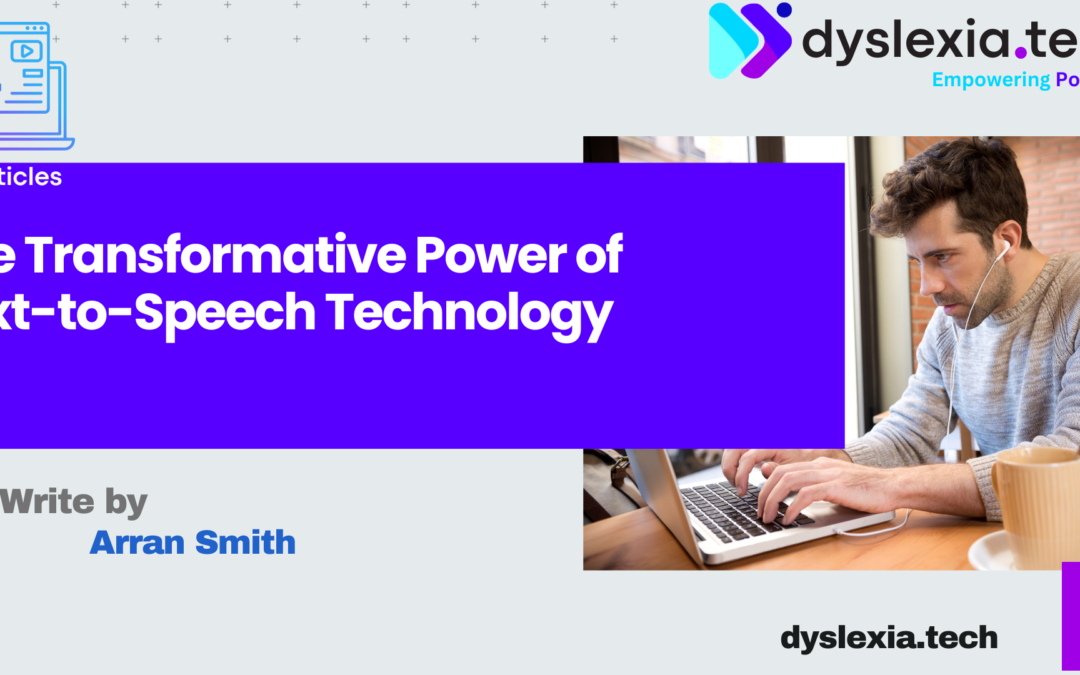
Text-to-speech technology has come a long way in recent years, and its impact on the lives of individuals, especially those with dyslexia, cannot be overstated. This innovative concept involves a device, whether it’s a computer, a mobile device, a compact speaker, or specialised hardware, reading text aloud using a synthesised voice.
Over the past 15 years, text-to-speech functionality has become an integral part of most applications, spanning mobile phones and various operating systems, including Windows and Mac. The beauty of this technology, especially for people with dyslexia, is that it eliminates the frustration of accessing written content. You no longer have to rely on someone else; you simply select the text or press the play button.
As someone who faces the daily challenges of dyslexia, having built-in text-to-speech capabilities on my mobile device has been a game-changer. It has allowed me to listen to text messages, have emails read aloud, and consume digital content just like anyone else, levelling the playing field of accessibility.
One remarkable aspect of modern text-to-speech engines is their ability to offer synchronised highlighting. This feature enables users to follow along with the spoken text, significantly enhancing reading comprehension. Moreover, these engines often provide options to adjust reading speed and, in some cases, even choose different voices. Many premium products go above and beyond, allowing users to customise text colours and the style of highlighting, be it for a single word, sentence, or paragraph.
To me, technology has the incredible potential to transform lives, and text-to-speech is undoubtedly one of the tools that can level the playing field. It empowers individuals to access and understand information at their own pace, making it a valuable asset for consuming content, pursuing interests, and enjoying a more inclusive digital experience.

